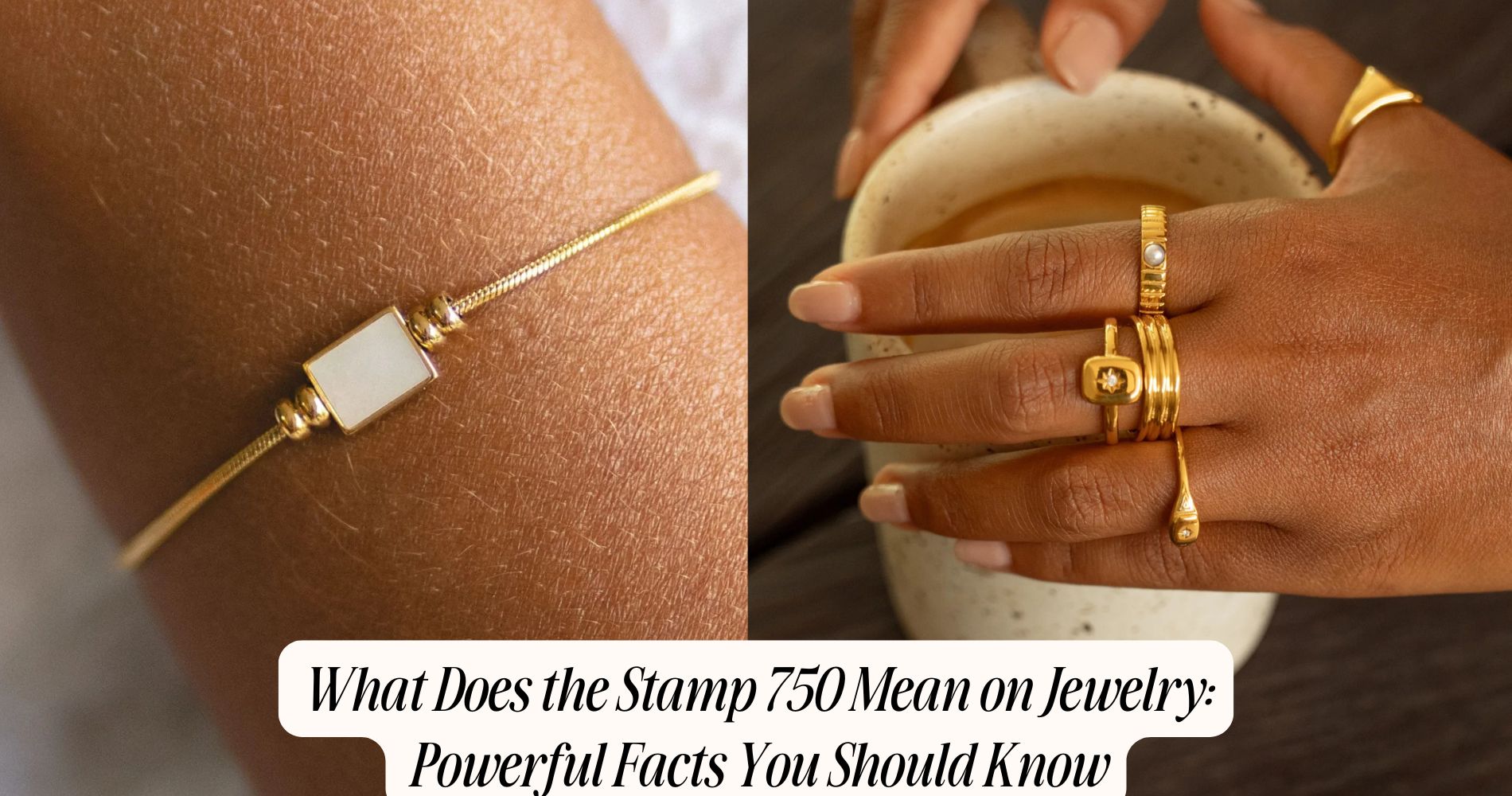
What Does the Stamp 750 Mean on Jewelry: Powerful Facts You Should Know
If you’ve ever wondered what does the stamp 750 mean on jewelry, it signifies that the piece is 18-karat gold—75.0% pure gold by weight—with 25% alloy metals like copper, silver, nickel, or palladium. These alloys enhance color, hardness, and corrosion resistance, giving 18K gold its signature rich hue and lasting beauty. While it’s softer than 14K, it offers an elegant balance between luxury and durability. Value is typically based on the gold spot price × 0.75 × net weight, plus design and craftsmanship. You’ll find it in yellow, white, or rose gold varieties. To enjoy jewelry that maintains its shine even with daily wear, explore our Waterproof Jewelry collection for durable, long-lasting pieces.
Decoding the 750 Stamp: What It Signifies in Gold Purity
Think of “750” as a precise metallurgical code: it marks gold that’s 75.0% pure, or 18 karat. You’re looking at an alloy where gold composition is 750 parts per thousand, balanced by 250 parts of alloying metals—typically copper, silver, nickel, or palladium—to tune hardness, color, and wear resistance.
This stamp is a compliance marker used by assay offices and reputable manufacturers to indicate controlled purity.
You can verify authenticity with XRF spectrometry, hallmark cross-checks, and density measurements (approximately 15.2–15.9 g/cm³ depending on alloy mix).
In practice, 750 gold resists deformation better than higher-purity gold while maintaining high luster and corrosion resistance.
For jewelry investment, the 750 mark signals durable intrinsic value, predictable resale channels, and stable performance in daily wear without excessive softening.
750 vs. 585 vs. 916: How 18K Compares to Other Gold Grades
While 750 (18K) gold balances purity and performance, 585 (14K) and 916 (22K) sit on either side with distinct trade-offs in metallurgy and use.
In gold grading, 585 contains 58.5% gold, 750 contains 75% gold, and 916 contains 91.6% gold. Those percentages drive alloy differences: 585 typically exhibits higher yield strength and abrasion resistance, so it’s ideal for rings and daily-wear pieces.
916, with minimal base metals, shows superior malleability and richer hue but dents and scratches more readily.
750 positions you between these extremes: better color fidelity than 585 and greater mechanical reliability than 916.
You’ll also see price scale with fineness; 916 commands premiums, 585 is cost-efficient, and 750 offers a balanced value-to-durability profile.
Karats and Fineness: Understanding 18K Gold Alloy Composition
Although karats and fineness describe the same concept—gold purity—they use different scales you should read correctly.
Karats express parts per 24; fineness uses parts per thousand. So, 18K equals 18/24, or 0.750 fine—hence the 750 stamp. You’re looking at a gold alloy containing 75% elemental gold and 25% alloying metals.
Those composition factors determine performance.
Jewelers typically add copper, silver, nickel, palladium, or zinc to tune color, hardness, ductility, and corrosion resistance. More copper yields warmer yellow or rose tones; more palladium or nickel shifts the alloy toward white, often requiring rhodium plating for optical brightness. Silver moderates hue and improves malleability.
Mechanical properties change with microstructure: cold working hardens; annealing restores ductility. For durability-sensitive pieces, you should favor balanced alloys engineered for wear and soldering compatibility.
Price Implications: How the 750 Mark Affects Value and Resale
Knowing that 750 denotes 18K gold lets you tie composition to economics: the mark signals 75% pure gold by mass, so baseline value tracks the spot price of gold multiplied by 0.75 and the item’s net weight, minus findings, stones, and non-gold components.
You should also add manufacturing premium, design complexity, and brand attribution. Hallmark integrity and assay verification reduce discounting.
For price comparison, normalize pieces by gram weight and melt value, then assess maker’s mark, craftsmanship, and current market liquidity.
In secondary markets, your resale value depends on whether buyers pay melt-only or apply a collectible premium. Pawn and scrap buyers typically offer 60–85% of melt; auction or branded resale often clears higher.
Always verify stamps, test purity, document weight, and track gold’s spot volatility.
Durability and Wear: Pros and Cons of 18K Gold in Everyday Use
Even as 750 marks signal premium gold content, 18K’s metallurgy shapes how it wears day to day. At 75% gold and 25% alloying metals, 18K offers higher ductility and corrosion resistance than lower-karat mixes, so it resists tarnish and metal fatigue in everyday wear.
However, its Vickers hardness (typically ~120–160 HV) is lower than 14K’s, so you’ll see scratch accumulation faster on rings and bracelets exposed to abrasion.
Pros: excellent chemical inertness against sweat, soaps, and ambient chlorides; stable solder joints; secure prong work when inspected regularly; strong polish retention with periodic refinishing.
Cons: greater susceptibility to surface marring, deformation under impact, and micro-abrasion loss over years.
Mitigate wear by removing pieces for gym work, gritty tasks, and ultrasonic cleaning when gems are delicate.
With maintenance, 18K is a credible long term investment for daily-use jewelry.
Color Variations: Yellow, White, and Rose Gold in 750 Alloys
Palette matters with 750 gold because the 25% alloy dictates hue, reflectance, and workability while the 75% gold stays constant.
You’ll see distinct color properties and mechanical responses across alloy combinations.
For yellow gold, jewelers typically blend silver and copper in near-equal ratios.
Silver raises luminosity and green tint; copper deepens warmth.
This balance yields high reflectance and classic saturation without excessive reddening.
White gold relies on palladium or nickel systems.
Palladium whitens with good ductility and hypoallergenic behavior; nickel whitens more strongly but increases hardness and potential sensitivity.
Many pieces use rhodium plating to maximize brightness and neutralize residual yellow.
Rose gold uses copper-dominant mixes.
Elevated copper content produces pink-to-red chroma, increases tensile strength, and slightly reduces malleability.
Minor silver additions temper redness and improve castability while preserving the desired blush.
Authenticity Checks: Verifying a Genuine 750 Hallmark
While the “750” stamp denotes 18-karat gold (75% pure), you should verify it with objective tests because hallmarks can be forged or misapplied.
Begin by confirming hallmark significance: look for a registered maker’s mark, an assay office symbol, and standardized font depth and alignment.
Use authenticity methods that quantify metal content. X-ray fluorescence (XRF) provides nondestructive elemental analysis and should read approximately 75% gold with expected alloying metals.
Specific gravity testing should align with 18K alloy density ranges. An electronic gold tester, calibrated for karat, should reproduce consistent 18K readings across multiple points.
Corroborate with professional documentation: assay certificates, jeweler’s appraisal, and purchase provenance.
Cross-check laser inscriptions on mounted stones and evaluate wear patterns that match solid, not plated, 18K construction.
Spotting Fakes: Common Red Flags and Testing Methods
Two reliable cues help you spot fake “750” stamps quickly: inconsistent marks and incongruent metal behavior.
Examine stamp morphology under 10x magnification—uneven depth, blurry edges, or misaligned numerals indicate machine stamping over plating. Check for mismatched findings: a “750” pendant on a base-metal chain is a classic fake jewelry pairing.
Use testing techniques systematically. Conduct a specific gravity test; 18k gold should read ~15.2–15.9 g/cm³.
Perform an acid test with 18k reagent; genuine alloy resists for 30–45 seconds without fizzing. Apply a strong magnet; any attraction suggests ferrous contamination.
Use XRF spectroscopy for non-destructive alloy composition; confirm ~75% Au with appropriate copper/silver balance.
Finally, inspect wear points; brassy or silvery bleed-through signals gold-plated impostors.
Care and Maintenance Tips for 750 Gold Jewelry
After you’ve confirmed a true 750 alloy, keep its surface chemistry and microstructure intact with controlled care.
Use low-abrasion cleaning techniques: soak in lukewarm deionized water with pH-neutral soap, agitate gently, then rinse and blot with lint-free microfiber.
Avoid ultrasonic cleaners if stones are fracture-filled or heat-sensitive. Skip toothpaste, baking soda, and ammonia; they induce micro-scratches and stress corrosion on alloyed phases.
Dry thoroughly, then apply a soft polishing cloth designed for high-karat gold; avoid impregnated compounds that can remove rhodium or patina.
For storage solutions, isolate each piece in inert, non-PVC zip pouches or acid-free compartments with anti-tarnish strips; control humidity below 50%.
Remove jewelry before chlorinated pools, sulfur-rich spas, weight training, and abrasive tasks.
Schedule periodic professional inspection for prong integrity and clasp wear.
Frequently Asked Questions
Does 750 Gold Trigger Metal Allergies or Contain Nickel?
Yes, 750 gold can trigger gold allergies if the alloy’s metal composition includes nickel. It’s 75% gold, 25% other metals. Many alloys are nickel-free, but verify with assay data; choose palladium- or platinum-alloyed 18k to minimize reactions.
Is 750 Gold Acceptable for Engagement Rings With Prong Settings?
Yes. You can choose 750 gold for prongs, but prioritize platinum or 18k palladium-gold for superior engagement ring durability. Prong setting advantages persist, yet softer 18k yellow/rose alloys deform and loosen stones; specify harder alloys, thick prongs, frequent inspections.
How Does 750 Gold Perform in Saltwater or Chlorinated Pools?
It resists better than 14k, yet you’ll still see gradual saltwater corrosion and chlorine-induced pitting. Rinse immediately, dry thoroughly, avoid prolonged immersion, remove before pool maintenance, and schedule periodic inspections to check prongs, solder joints, and rhodium plating integrity.
Are There Cultural or Regional Preferences for 750 Gold Jewelry?
Yes. You’ll see strong cultural significance and regional trends: Southern Europe and India favor 18k for weddings and heirlooms; East Asia leans 24k; North America mixes 14k/18k; Middle East prefers 21k–22k for dowries and investment.
Can 750 Gold Be 3D Printed or Used in Custom Casting?
Yes. You can 3D print 750 gold via indirect methods: wax/resin investment casting or direct metal laser sintering with suitable alloys. For custom casting, use vacuum/centrifugal casting, precise burnout, controlled flask temperatures, and grain-refined 18k formulations.
Conclusion
Now you can read a 750 stamp with confidence: it’s 18K gold (75% pure), balancing richness, strength, and value. You’ll compare it against 585 (14K) and 916 (22K), weigh durability for daily wear, and choose alloys for color. You’ll validate hallmarks, run quick tests, and spot counterfeits. Finally, you’ll maintain luster with proper cleaning and storage. Use current gold spot prices and documented assay methods to buy, sell, and wear 750 jewelry smartly.






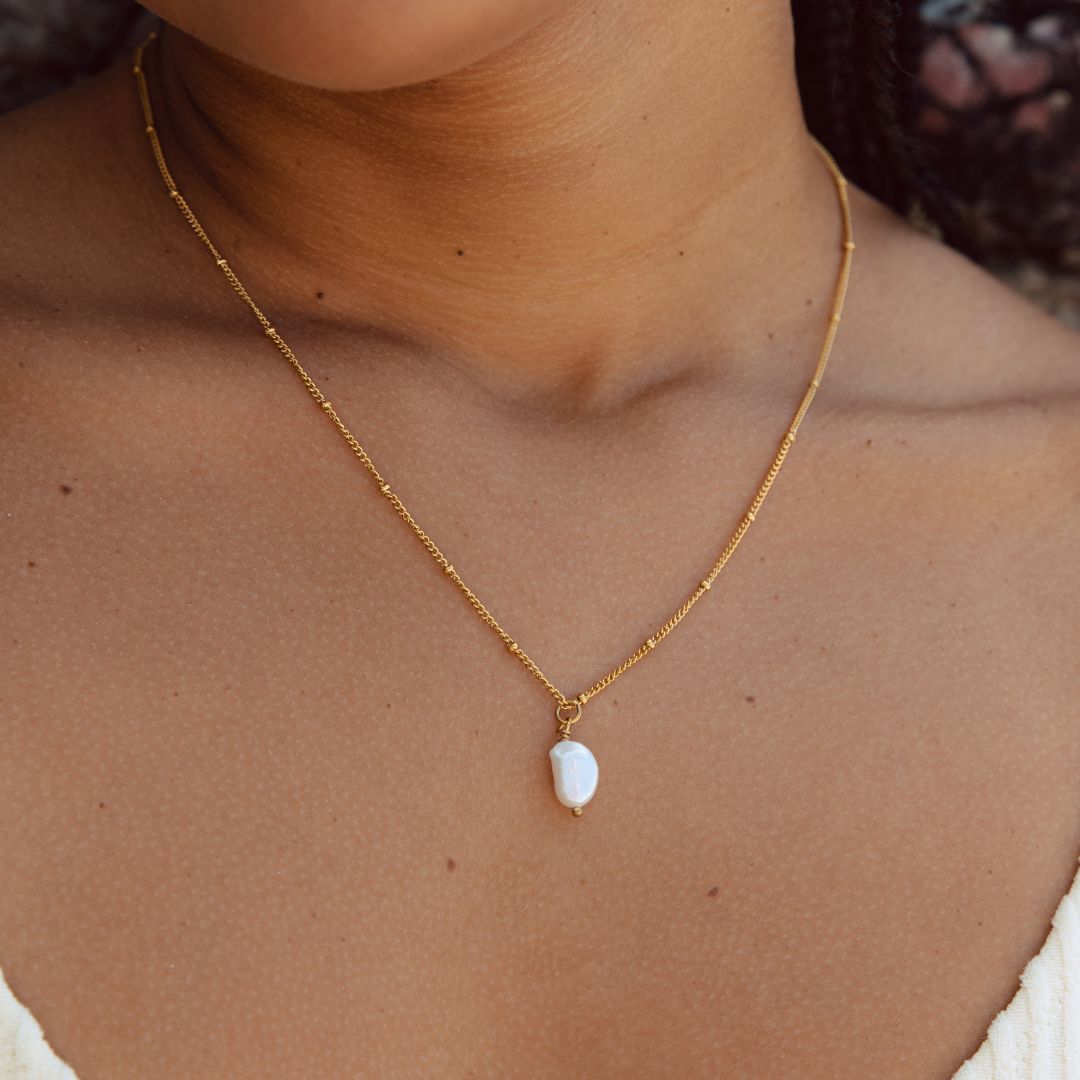

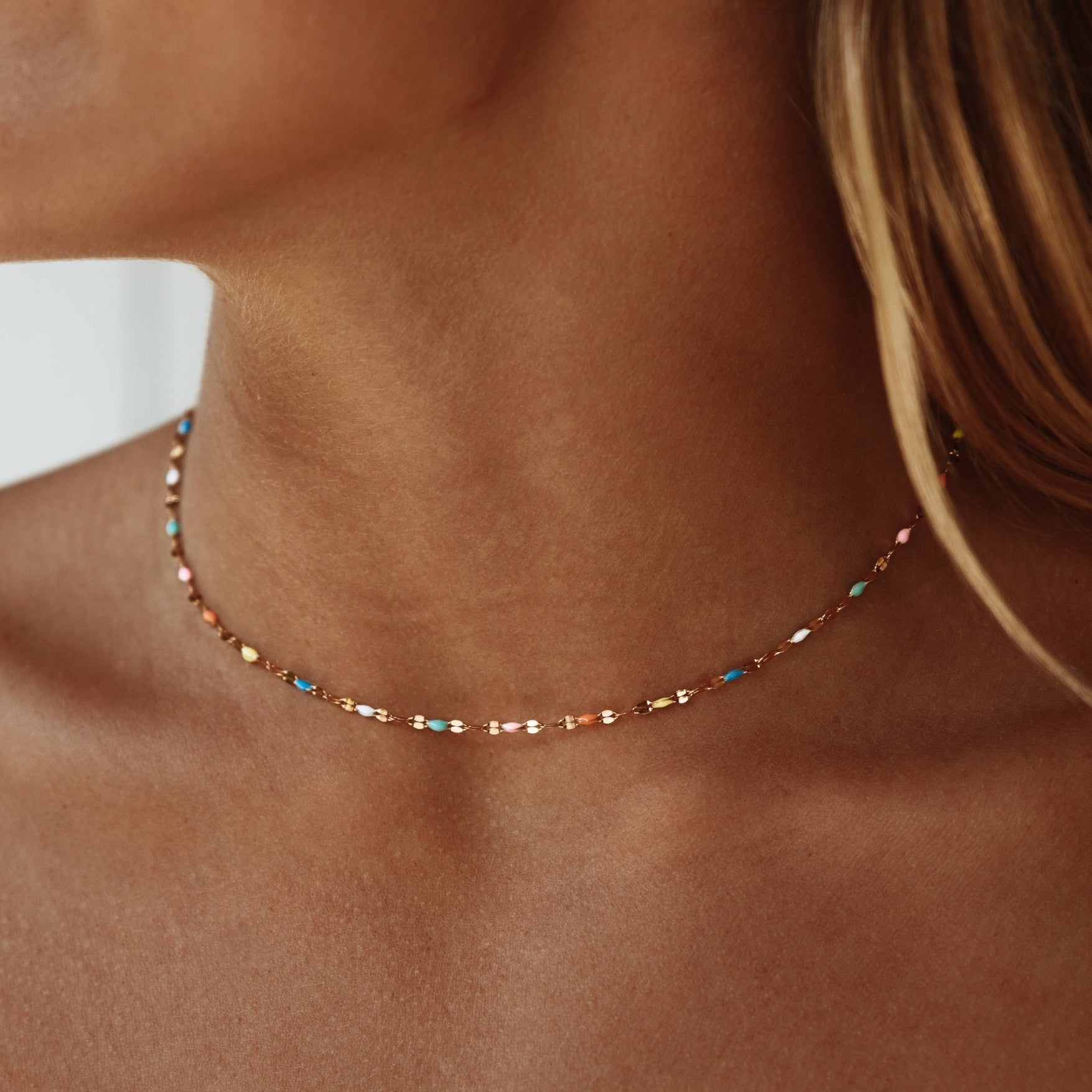
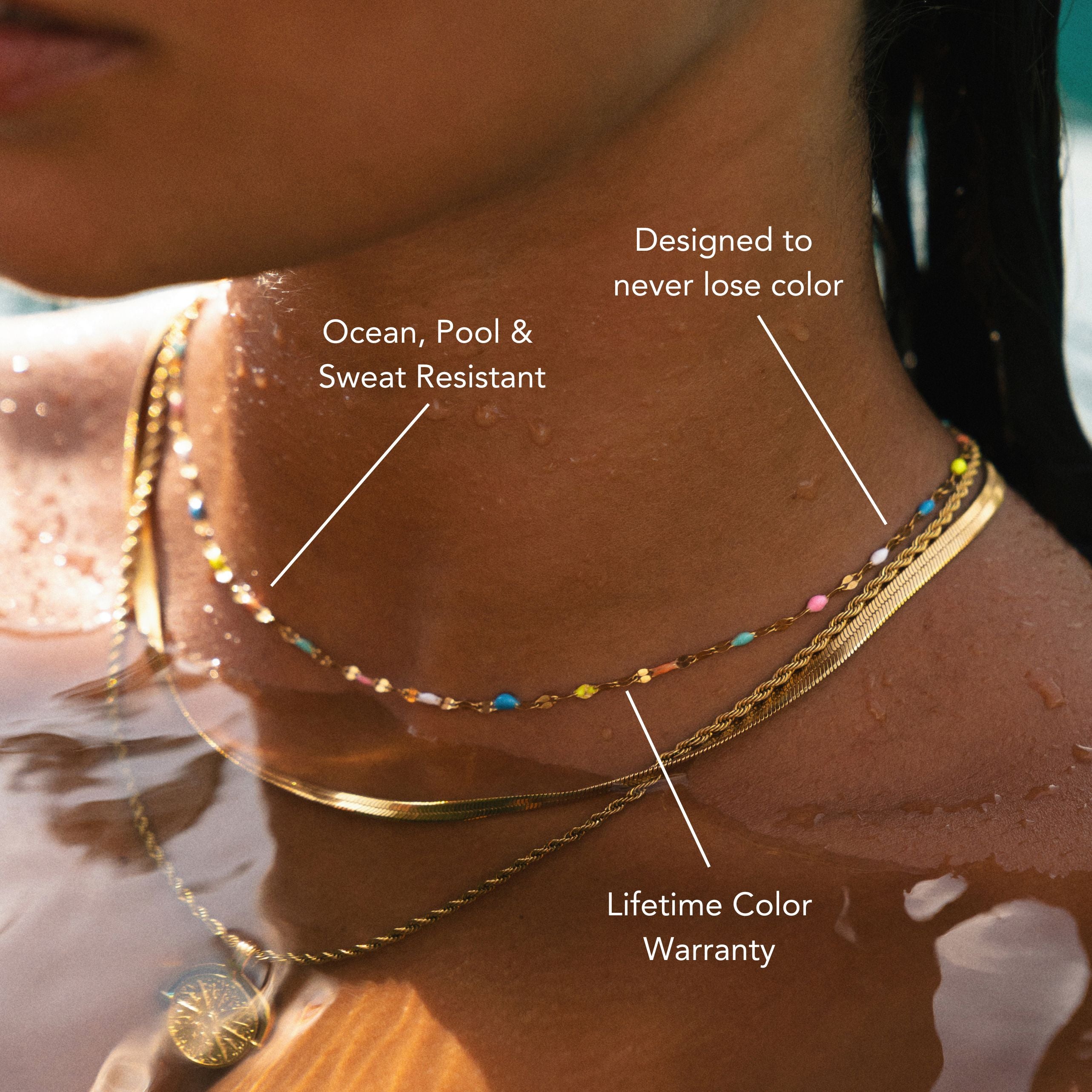
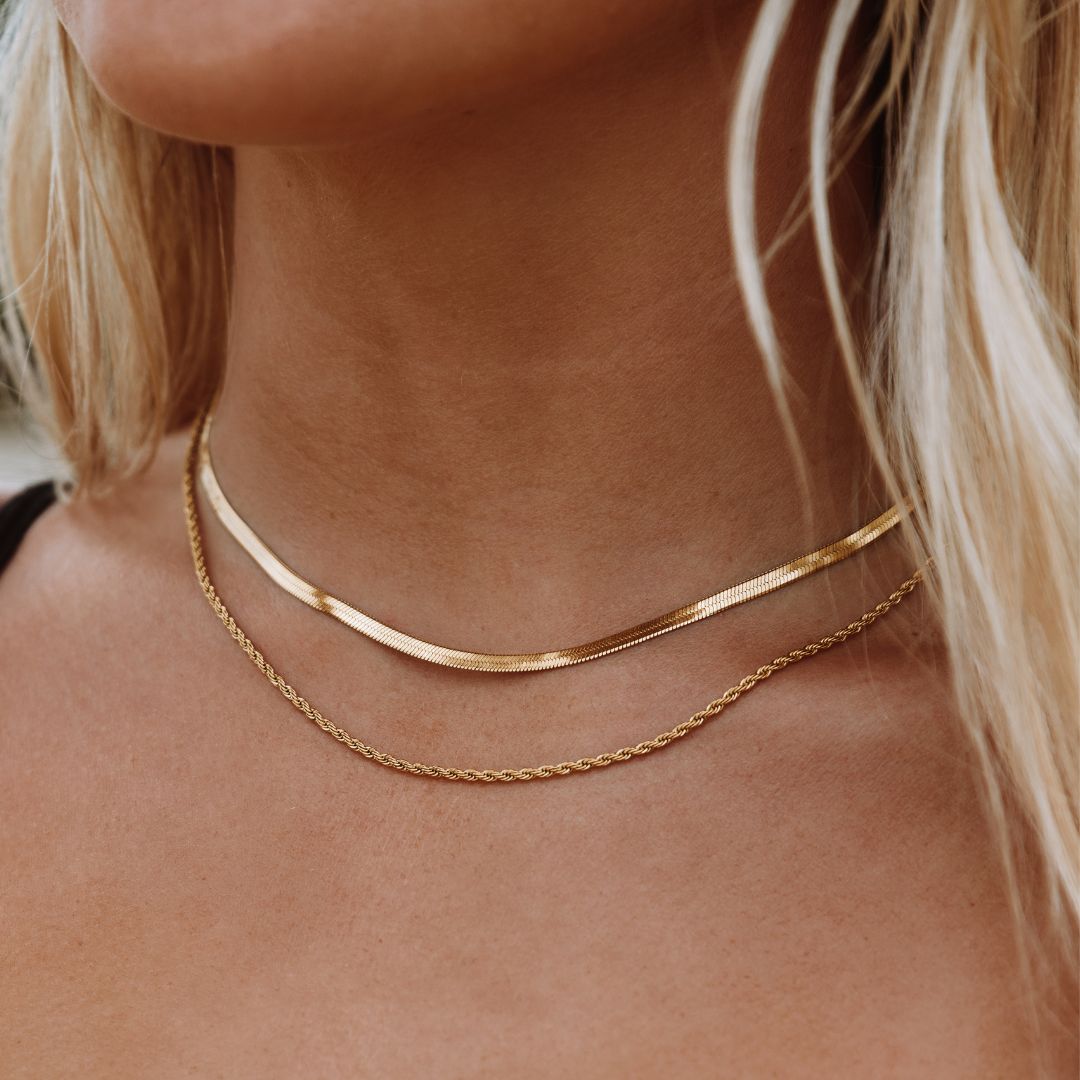
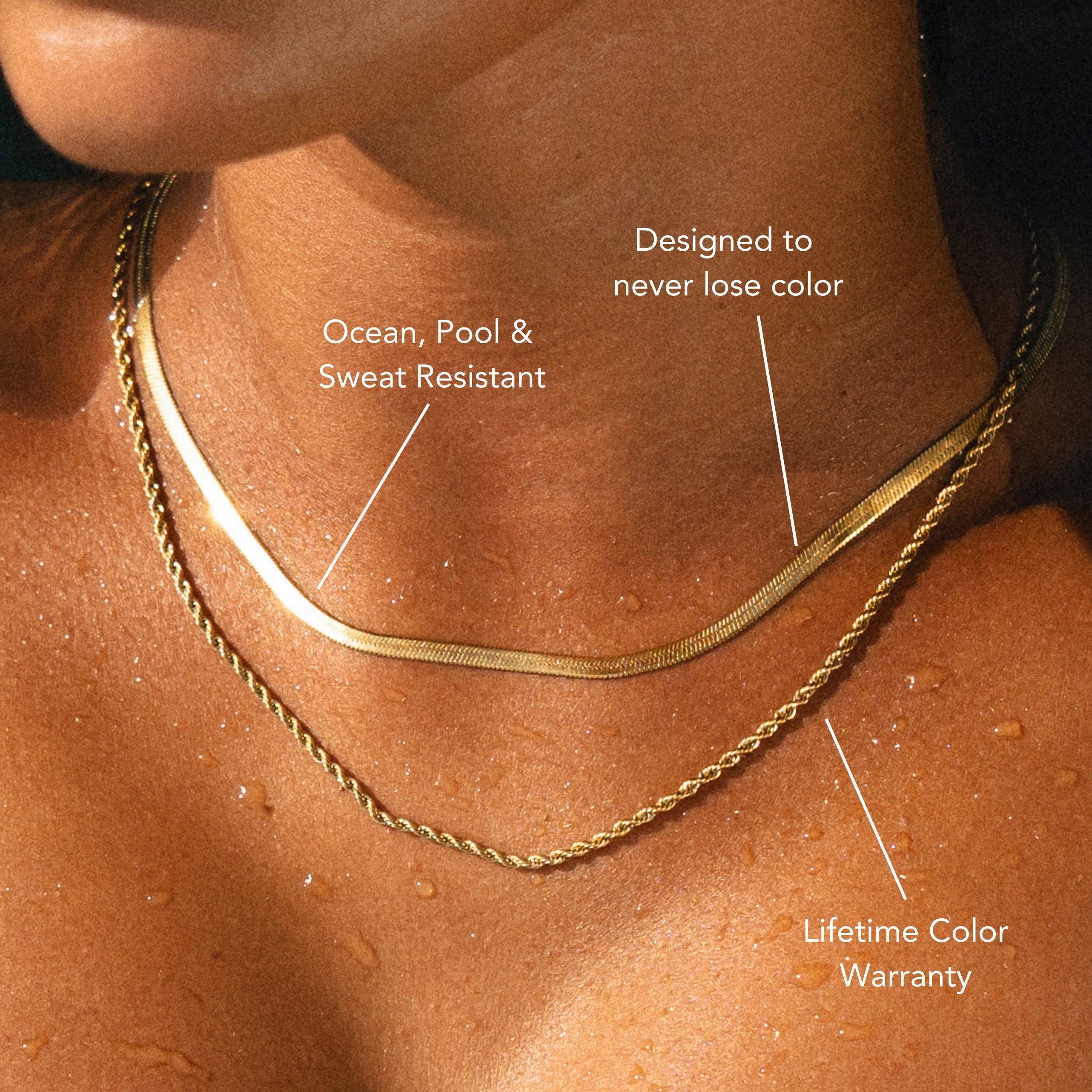
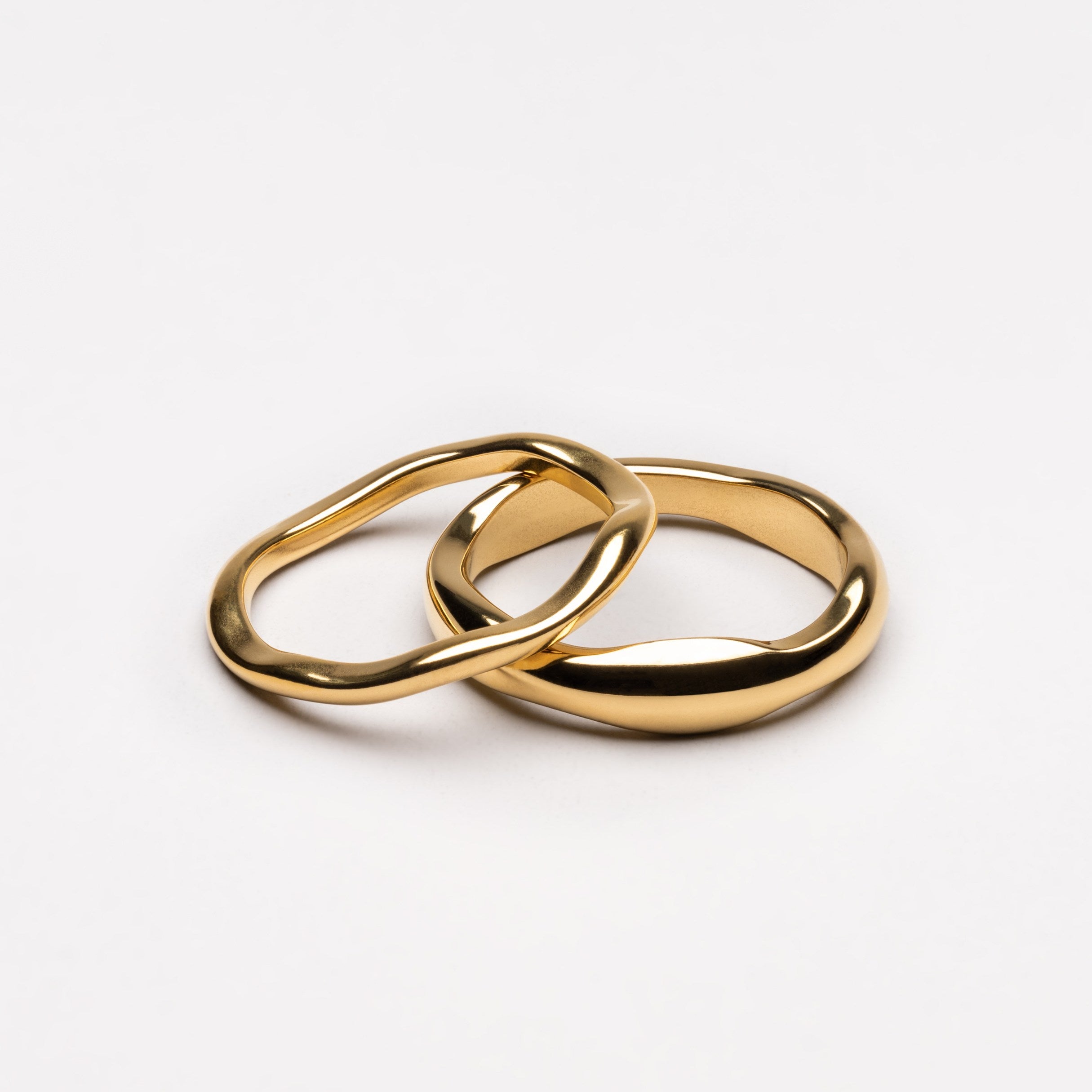

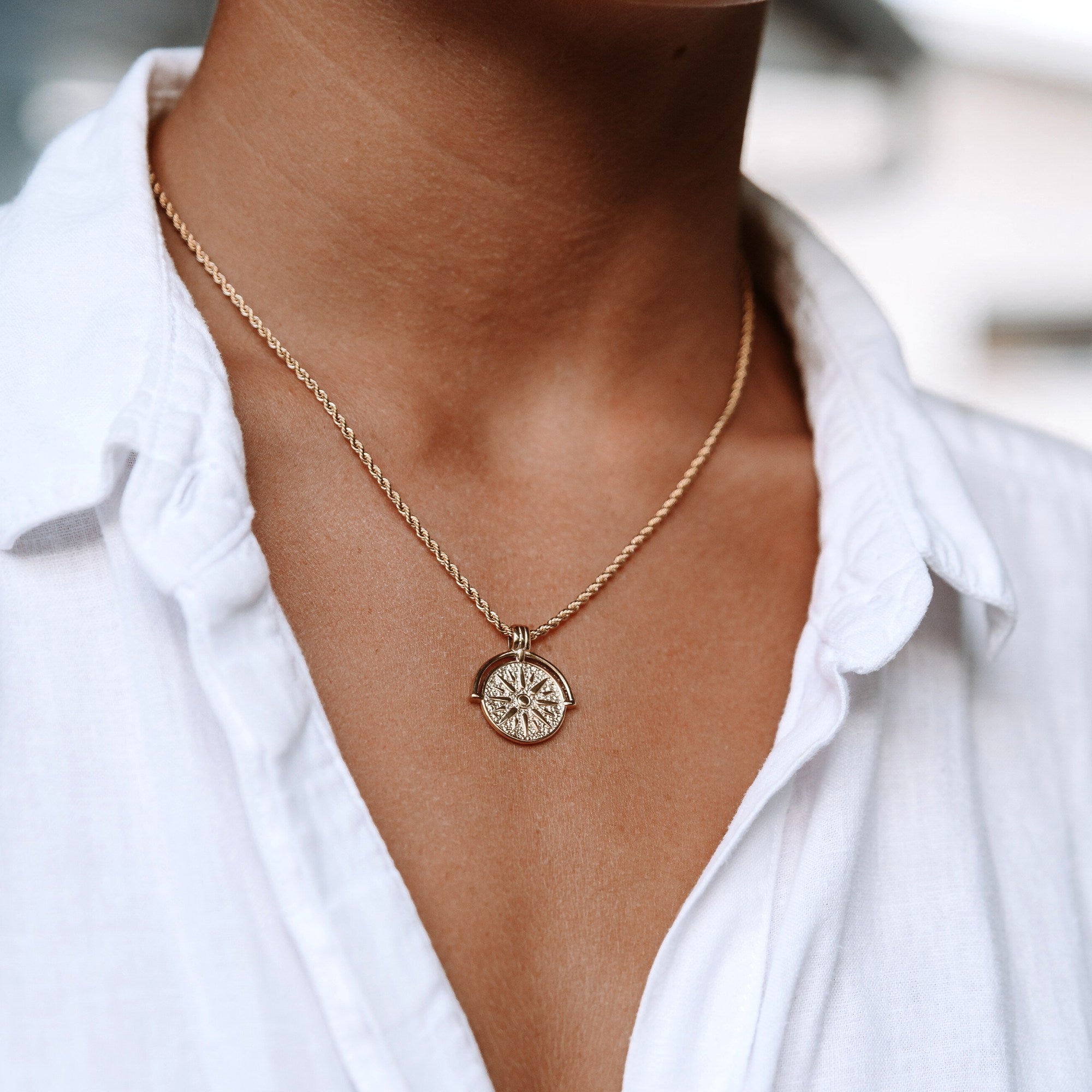
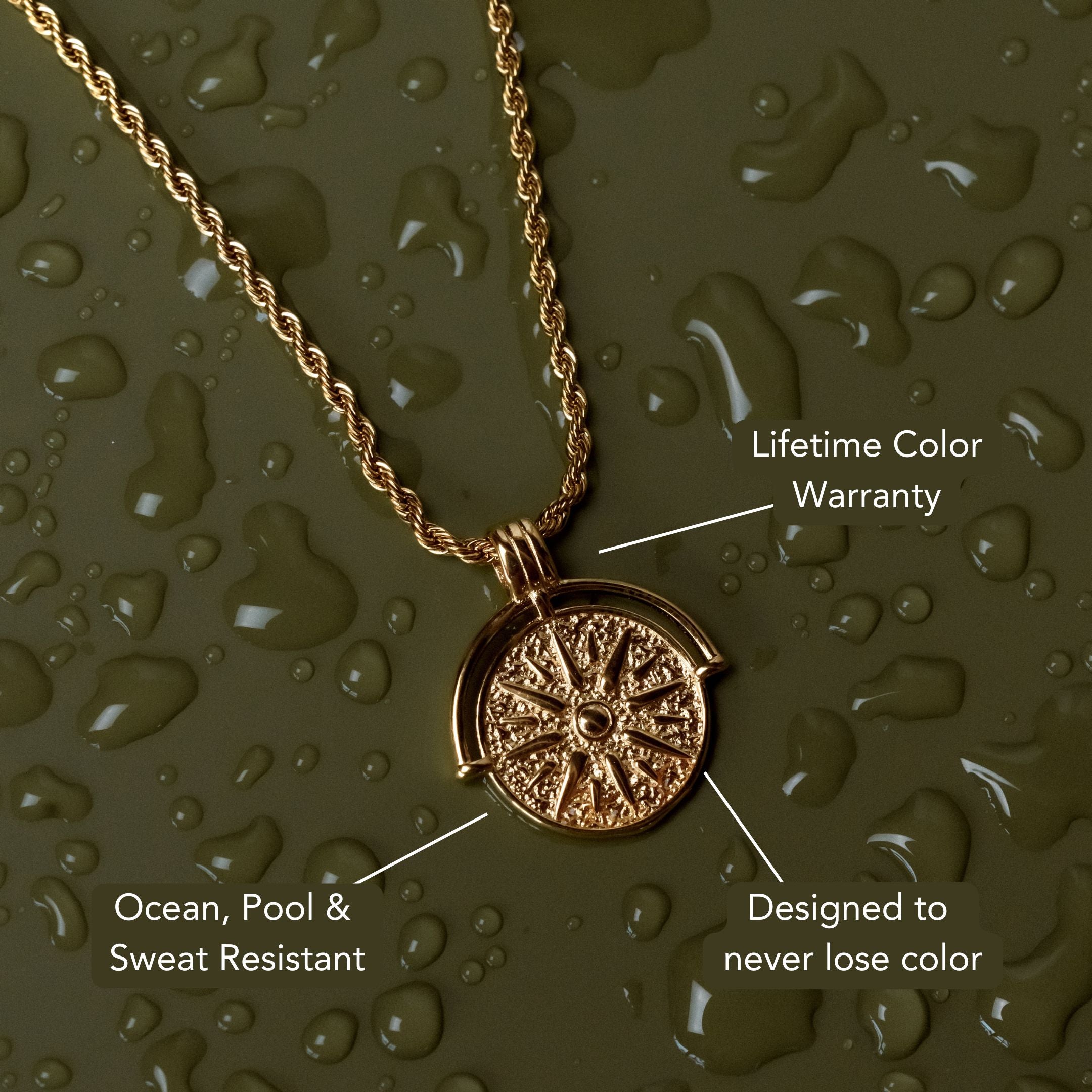
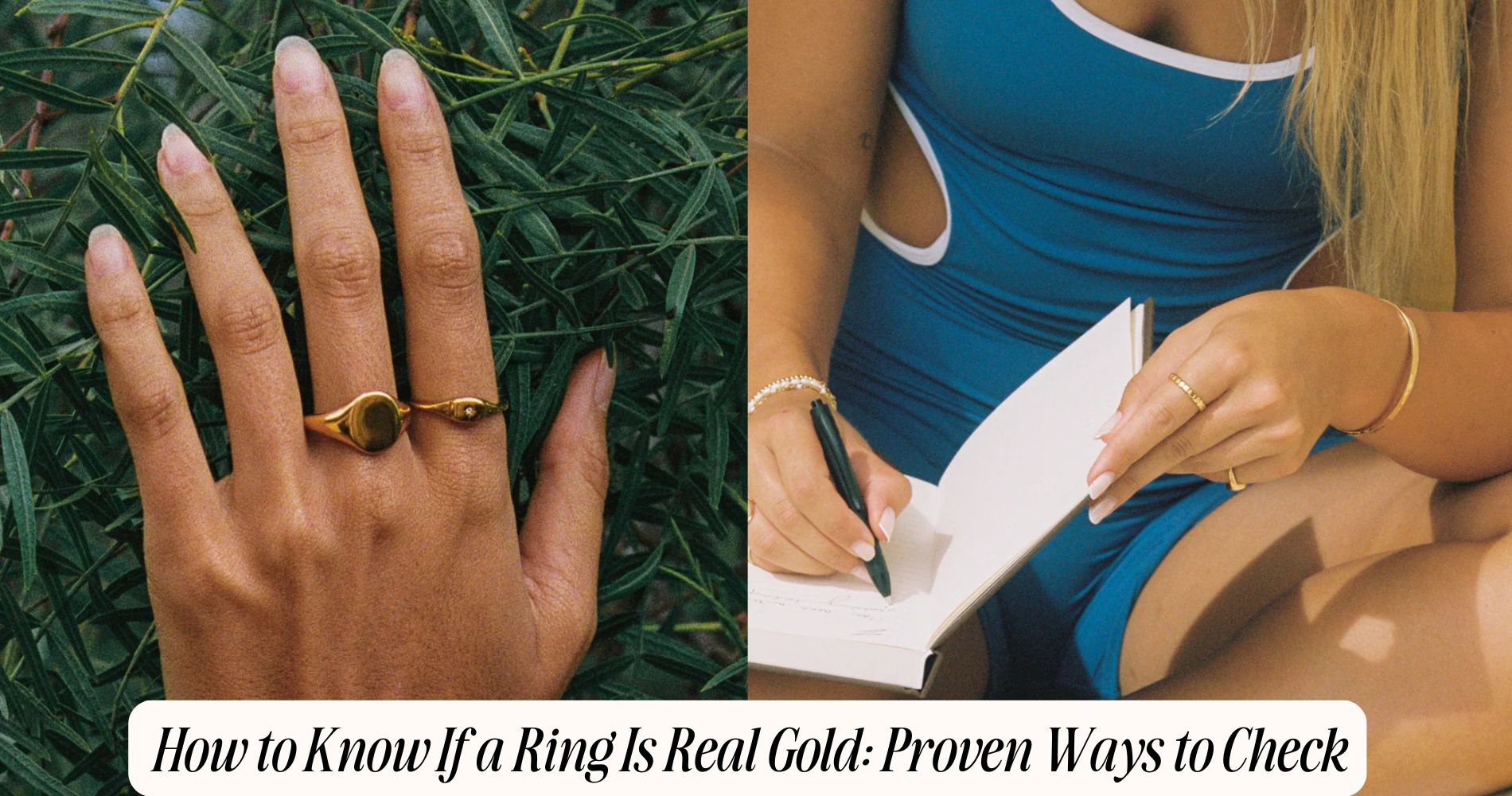
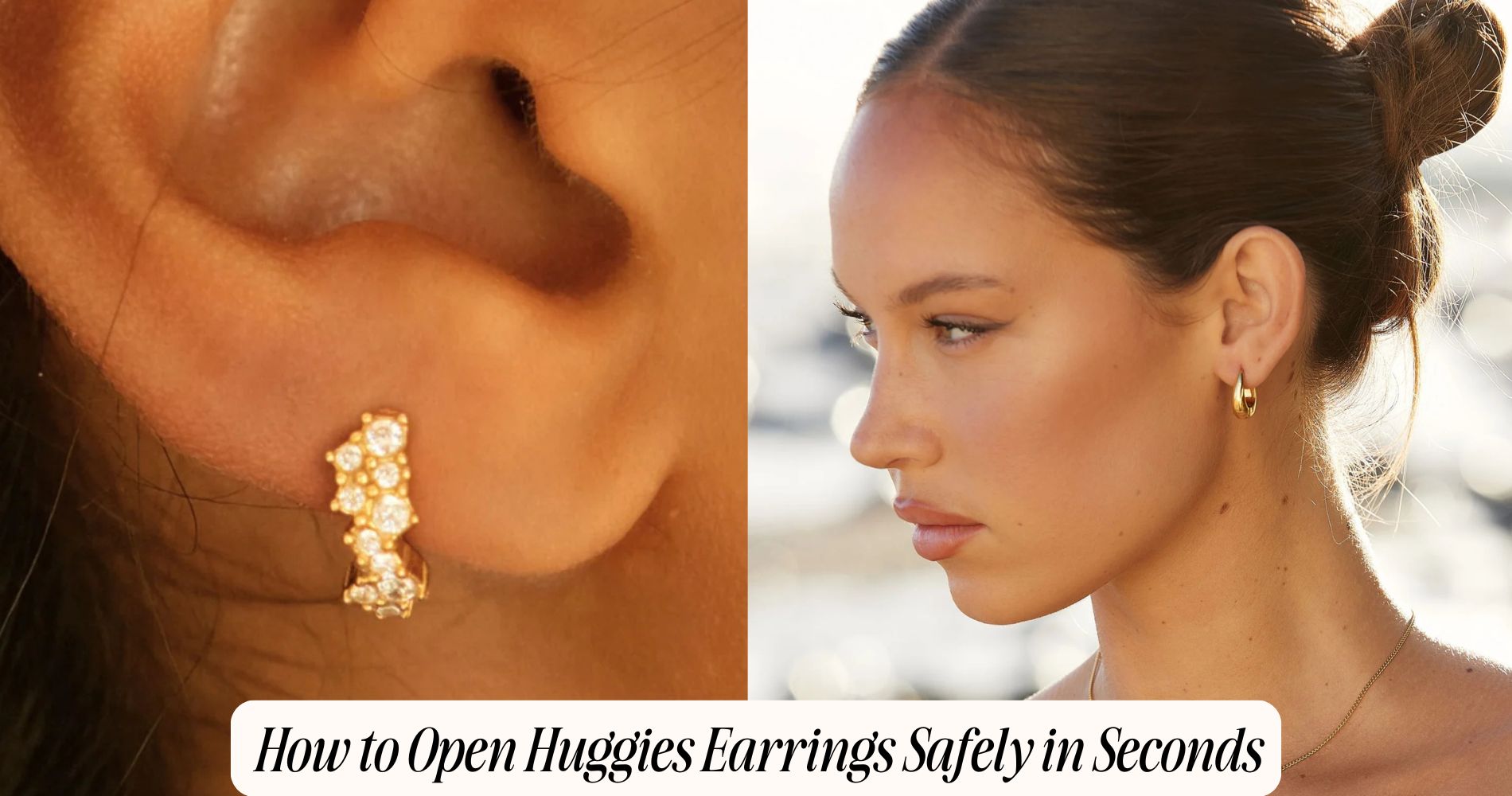




コメントを書く
このサイトはhCaptchaによって保護されており、hCaptchaプライバシーポリシーおよび利用規約が適用されます。